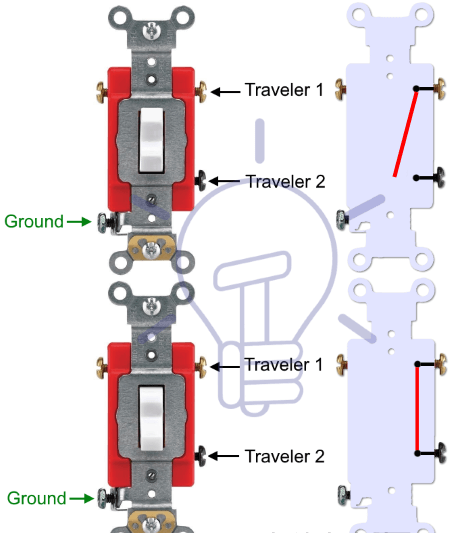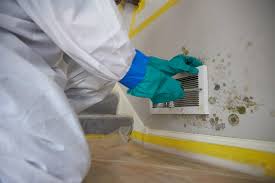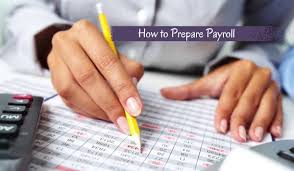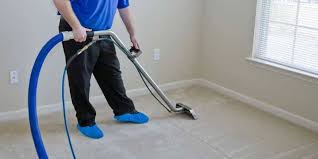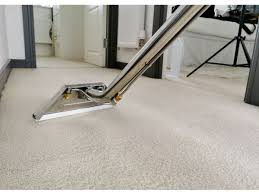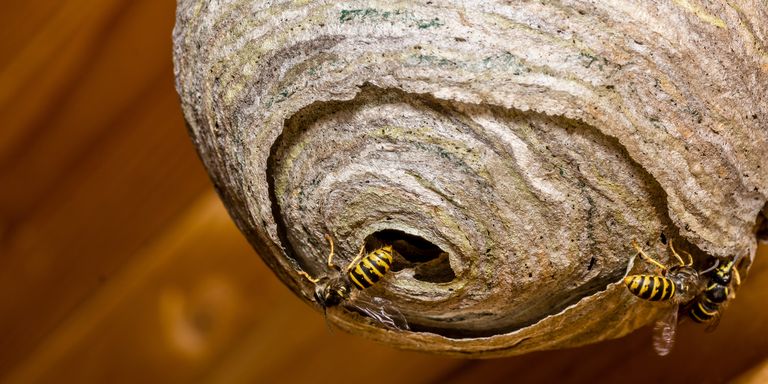Everything You Need to Know About Renting a Photo Booth for a Wedding
A photo booth is a unit that is specifically designed to allow one to take a few pictures in quick succession for entertainment purposes. While they are widely seen in carnivals and fairs, they are also used in weddings to not only provide fun but also to create very memorable moments.
Everything you need to know about renting a photo booth for a wedding
Before you visit a vendor and discuss different types of wedding photo booths, their features and prices, there are a few things you need to decide. This will allow you to ask the right questions and make a better-informed decision later on.
- Size – Although a photo booth is technically a compact unit, there is no rule that you should always keep it that way. Sometimes it’s more fun to go in with five to six people and take some fun photographs. A wedding represents a singular moment in which people come together and celebrate the union of two individuals. People want to experience the moment together and so a larger photo booth will always be more convenient and fun for the guests.
- Booth management – Some companies offer booths with someone to manage them whereas others let the renter take care of it. So if you can’t find someone to manage it during the wedding, only look for companies that provide help.
- Price – You should check out different booths offered by different companies to get an idea of how much they cost. Once you have a rough figure, you can tweak it as per your wedding budget to make it bigger or smaller as required. Try to have a firm idea of how much you are willing to spend and stick to it as long as it is reasonable as per the average cost.
- Quality of pictures – This is one of the most important aspects to keep in mind before you approach any vendors. Some companies may have amazing photo booths but use bad quality printers which defeats the entire purpose of having a booth at your wedding. So before you visit any vendors, always ask for photo samples. If the samples look good, you can go ahead with them. Otherwise, keep looking for other vendors.
- Photo options – To get more value for your money, always look for companies that offer both digital and physical options. Different people have different tastes and some still prefer to have physical photographs rather than digital ones. They can be framed and displayed openly whereas digital copies often get forgotten over time.

What to ask before renting
Renting a photo booth for a party is a big expense, so make sure you’re working with a reputable company that will deliver a high-quality product. Before paying your deposit, take these steps to ensure a good time is had by all.
- Read reviews. You’ll learn about what your experience will be like based on past user experience. Avoid anyone who has a sub-par product, has unfriendly staff, or doesn’t follow through on their contracts.
- Look for licenses and insurance. Confirm that the companies you’re considering have pertinent business licenses and liability insurance. This will protect you and your guests in case of an accident. For more, check out our tips for smart hiring.
- Find the right financial fit. If the price seems too good to be true, it probably is. Quality equipment is an investment, so anyone with lowball prices may be operating a photo booth that isn’t as fancy as you might desire.
- Look for the features you love. If you just want a classic photo booth that prints out black-and-white strips, keep it simple. If you want a high-tech photo booth with all the bells and whistles, you can have that, too. Just keep in mind that, usually, the more features offered, the more the rental will cost.
- Sign a contract. You don’t want your dream wedding photo booth not to show and leave you with no recourse. Get it all in writing, including hours and cost.
- Have an attendant. Even self-operating photo booths run best with an informed technician on hand to troubleshoot any problems and keep things running smoothly. Most operations offer this service.
- Are prints included? Find out whether your rate includes prints, and whether that’s a finite or unlimited number of prints.

How to choose a wedding photo booth?
There are a few key aspects you need to look for when it comes to choosing a photo booth for your wedding. Here are some of them:
- Rent or DIY – You can either rent a booth from a service or make one on your own. If you rent one, it will cost you more money and won’t come with a great deal of customization but it will be more reliable. Most services will also help you out if you face any issues with the product. If you choose to make one for the wedding, you will be able to save a lot of money and customize it to dazzle your guests. However, if any issue comes up, you might have problems resolving it in time.
- Types – Photo booths come in many different types and shapes such as boxes, tents, pipes with drapes and even pods. When it comes to choosing one for your wedding, don’t go for one based purely on its appearance. Convenience is what you need to look for because it’s more for the guests and you want them to have the best time possible. The location you plan to put the booth should also be factored in when you choose the type of photo booth you want to go for.
- Features – Whether it is rented or a created one, features and functionality are what will make a photo booth experience memorable. Rented ones especially come with unique functions as their respective companies need to make their product stand out from each other. From props, green screen, video to even scrapbooking, there are a ton of unique features to look for before renting or creating one. Some come with pop up powder rooms where you can spend some time to put on some fun makeup or make sure you look good before taking pictures.
- Value – A photo booth for a wedding is going to be useful only for a single day. A wedding is expensive even without any frills or special activities. So you need to make sure that the booth you are planning to get gives you enough value to justify its price. Some companies offer package deals whereas others will up-sell some of their services. The only thing you have to ensure is that when you rent a photo booth, it should come with digital photos included. If the photos are going to cost extra, then it’s not going to offer you a lot of value for the money being spent.

Cost-saving strategies
- Book your photo booth on weekdays or off-seasons for the best rates.
- Bundle photo booth and photography services with the same company.
- A party with fewer than 100 guests will usually be satisfied with two or three hours of photo booth time. Ask to extend hours during the event if needed rather than overbooking ahead of time, unless it’s high season and the company may have two events in one day.
- Schools, nonprofits, military organizations and other groups are often eligible for discounts.
3 Good Reasons To Rent A Photobooth For Your Birthday
You want to organize your birthday or that of a friend and you are looking for inspiration for events that will certainly be successful? Are you panicking in advance at the thought of an evening too quiet where guests sit gently in their chairs and look into the whites of their eyes. 3 reasons to rent a photo kiosk for a great event right away!
1. With the rental of photobooth, it’s the big atmosphere guaranteed!
We all remember an evening a little too wise, guests waiting impatiently for the cake to arrive so they can slip away, a few balloons swollen in a hurry and a slightly wobbly « Happy Birthday » sign on a wall. The good will of the few motivated people present that evening was not enough to set the atmosphere in motion, despite a desperate attempt to set the dancefloor on fire on « Les Lacs du Connemara » at around 10:25 pm. People inevitably stuck to their seats, lethargic and depressed, mobile phone in hand, trying to hide the first yawning.
Renting a photobooth for your birthday is the guarantee of a memorable and completely crazy evening. Everyone likes to have their picture taken in these festive moments, everyone is dressed up, the beautiful dresses turn heads and the bow ties are out. It is often an opportunity to see people we may not have seen in a few months or years, with the desire to have their pictures taken together. A photobooth animation is also a whole bunch of fun accessories at hand: big glasses, straw hats, bushy beard, wigs… With this, the atmosphere is guaranteed until late at night (or early in the morning for the most daring)
2. Your guests leave with memorable memories
Smartphones are great. The latest ones offer sumptuous photos, it is possible to take as many as you want and you can share them in a second on social networks. The latter are not to be outdone, with new filters every day that make us beautiful, with blue eyes and smooth skin or cute little ears. The other side of the coin is that you spend a good part of your birthday party on your phone, posting your photos on Instagram, following the stories of your contacts on Snapchat (« They look like they’re having fun at this party! ») or responding to comments on your latest Facebook post.
Renting a photobooth will allow you to really enjoy the evening, with your friends or family, here and now! No need for someone to take the picture, the terminal does it for you. Gather your friends, put on a beautiful afro wig and come and pose in front of the lens of the photo box. Different formats are available to vary the pleasures: landscape photo, portrait, bookmark… Switch from one frame to another and print your photos in 10 seconds, in professional quality thanks to the integrated printer. And why not put a nice guestbook on a table near your photobooth? Your guests will be able to stick a few photos on it and leave you a loving little birthday note!
3. Pictures in the colours of your birthday
Printing your photos on paper is good! But being able to personalize your photos with the colours of your event is even better. Imagine: you decide to rent a photo kiosk to spend a crazy birthday party. You then think of a theme that will perfectly match the evening, and this year it will be an exotic evening. You go and buy all the necessary decoration: tablecloths, plates, paper napkins, balloons… You decorate your room with little onions and you plan a corner specially equipped for your photobooth. But here we are, the photos come out classic, frameless and tasteless. Too bad!
By renting a Burddy photobooth for your birthday, you will enjoy the free customization of your frames to stay as close as possible to your theme! Choose and create up to 16 different frames, vary formats, texts and colours and switch from one to the other during the evening. Our online tool will provide you with many examples of backgrounds and different writing styles, so you can let your imagination run wild. And for even more customization, the blank frames can be downloaded in PNG or PSD format for the delight of Photoshop and other image editing software enthusiasts.



